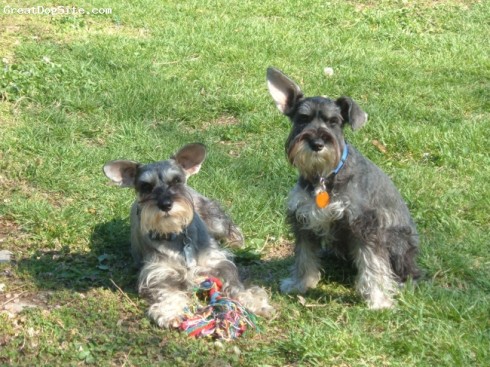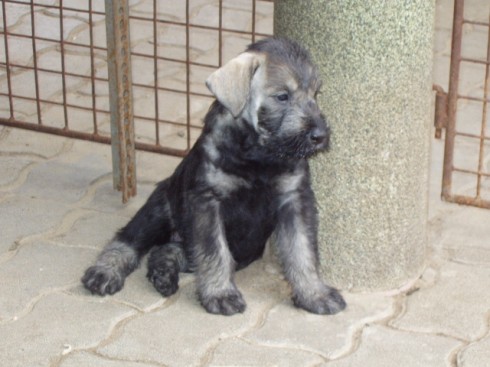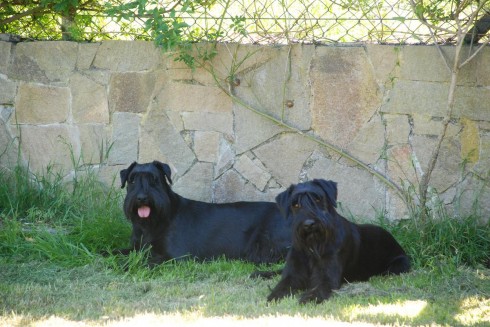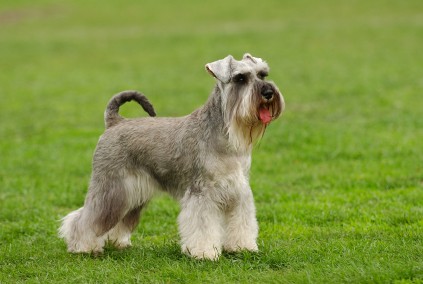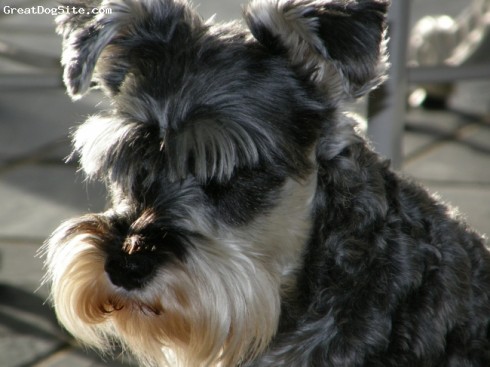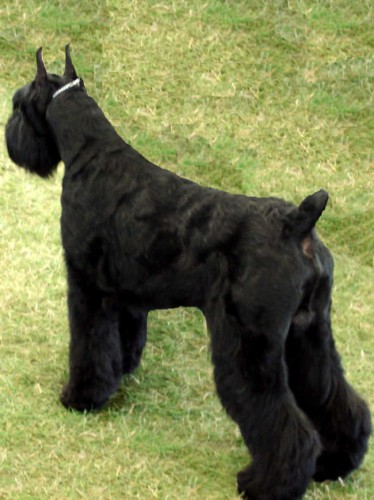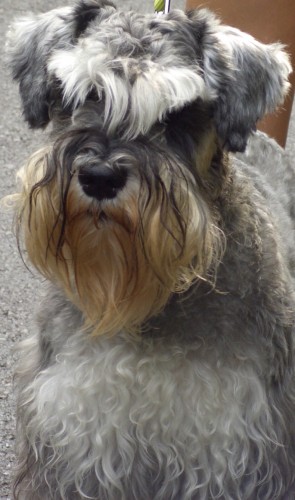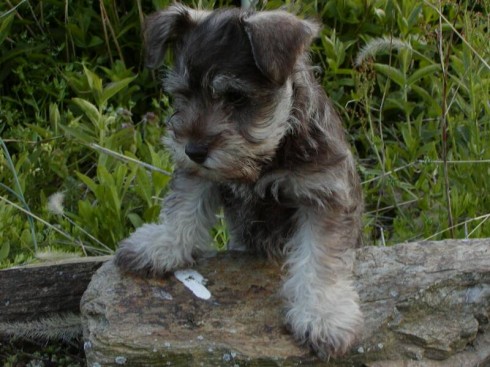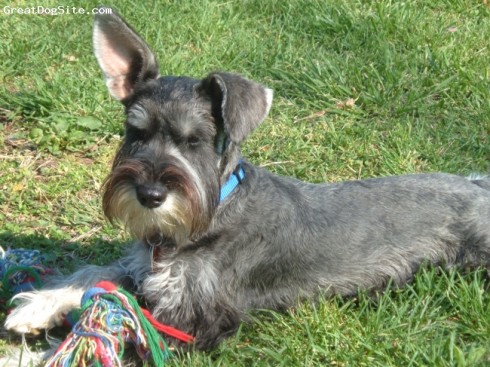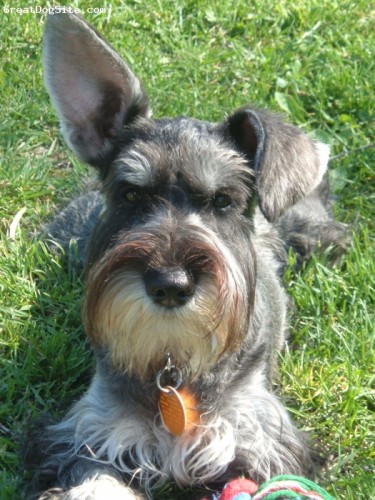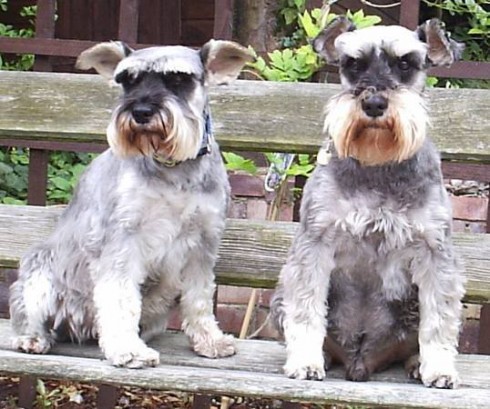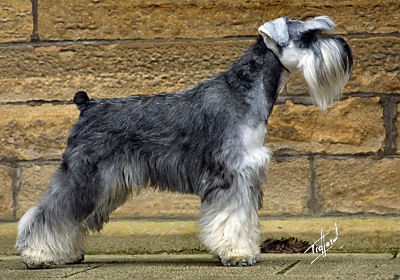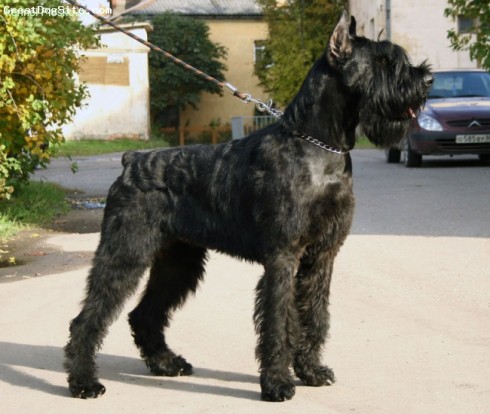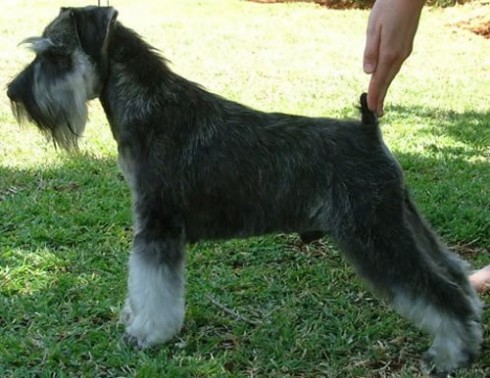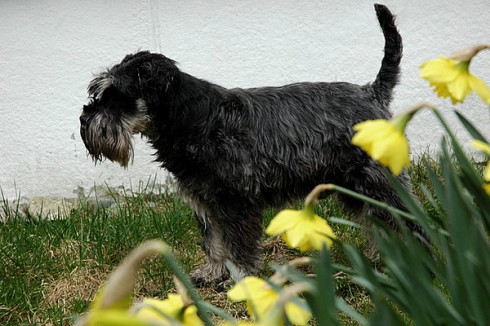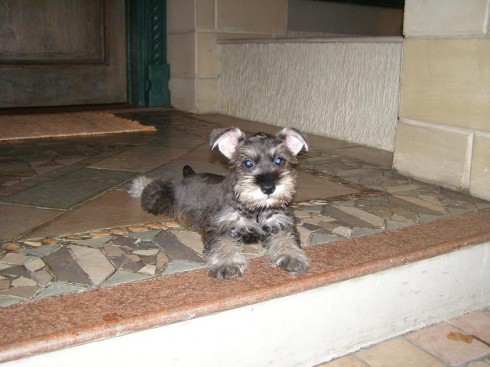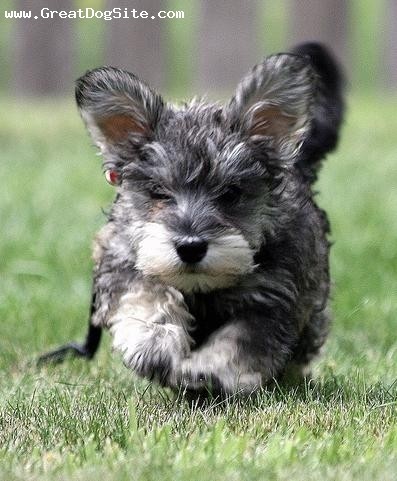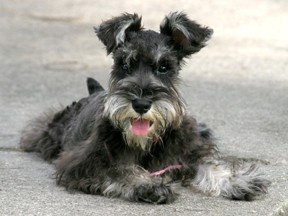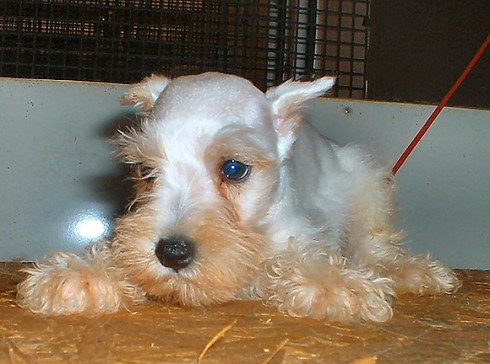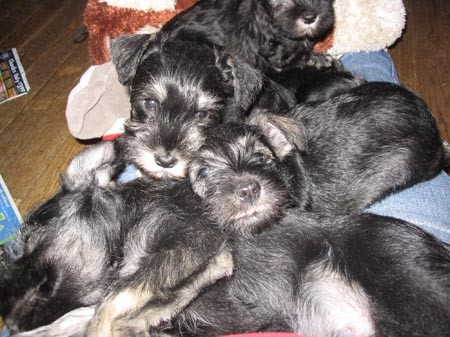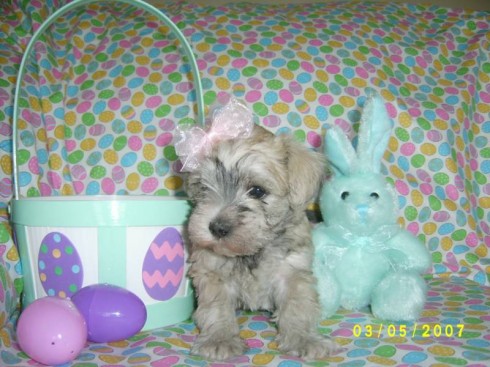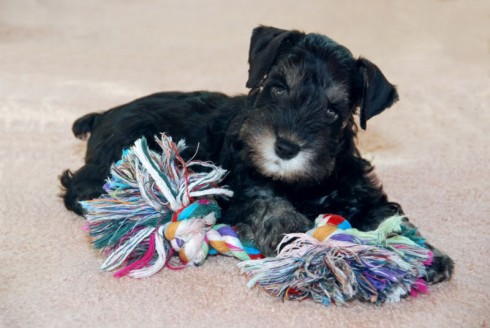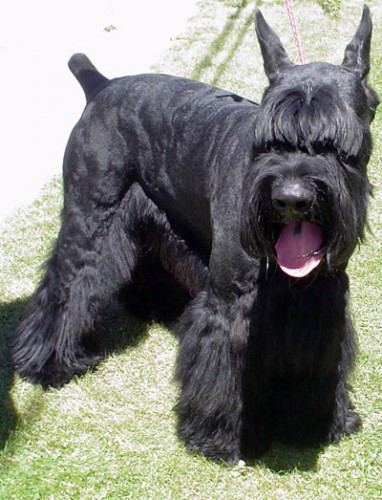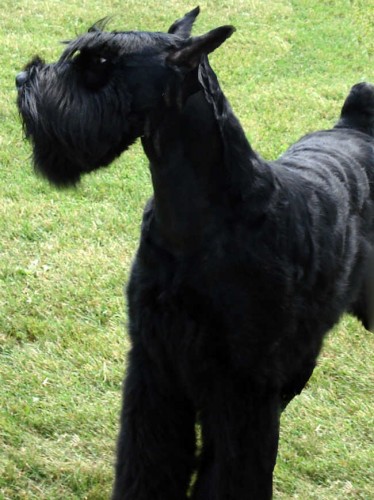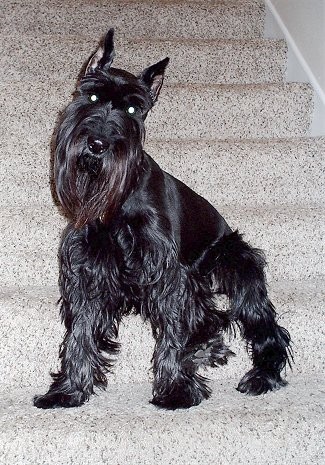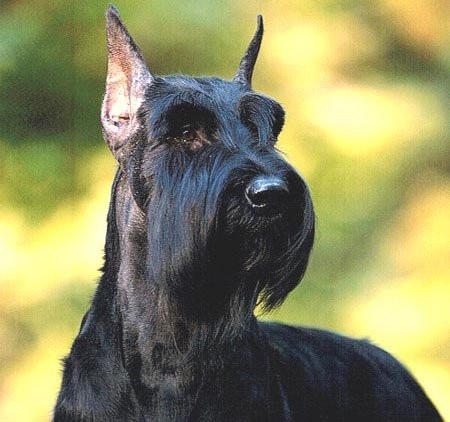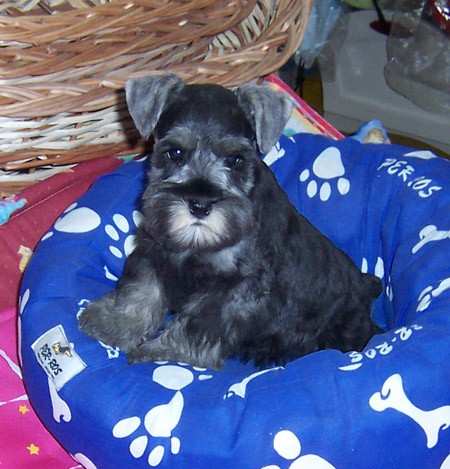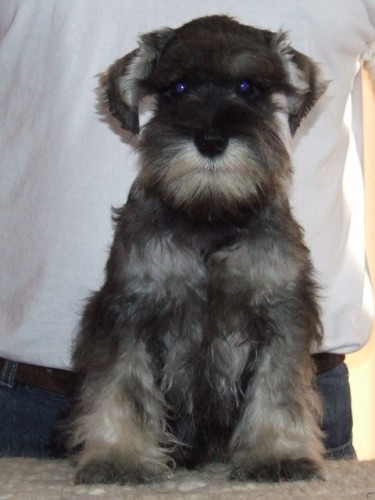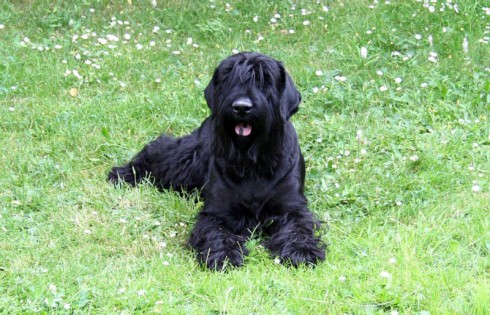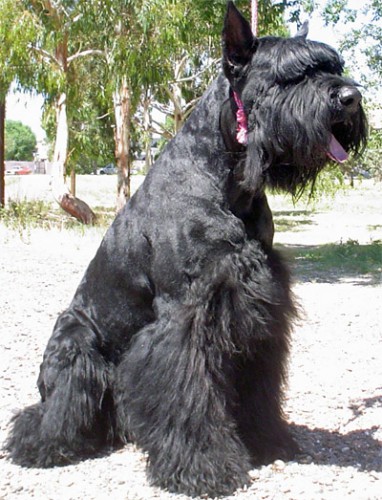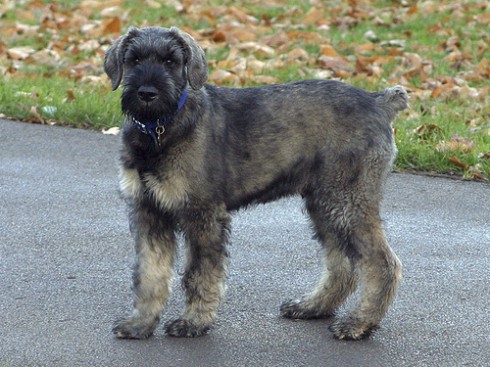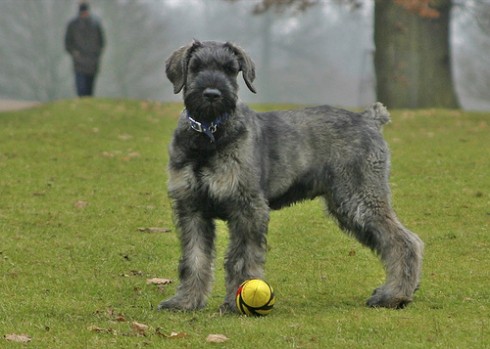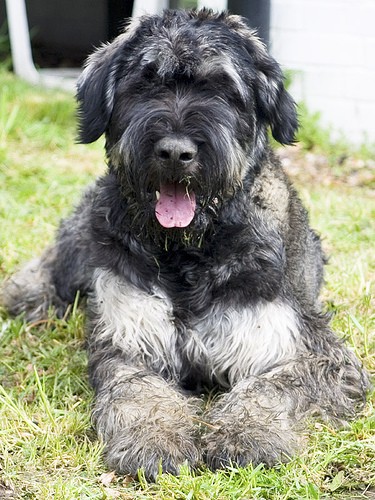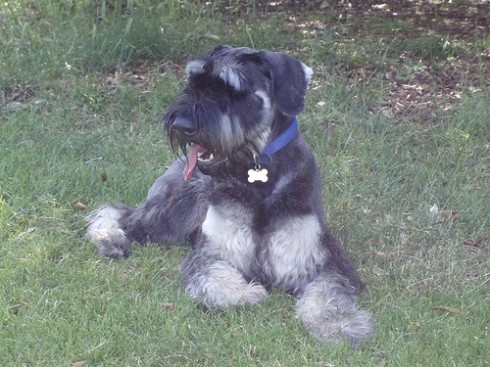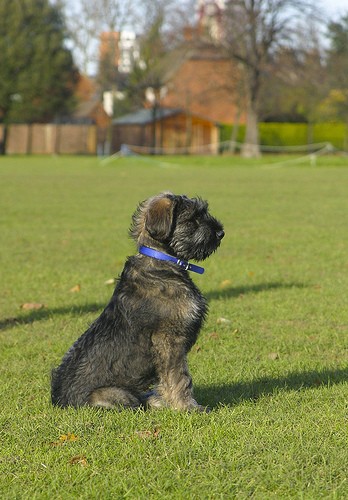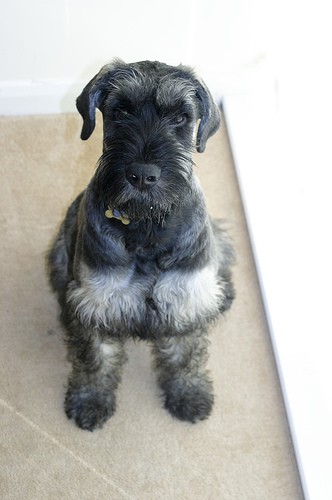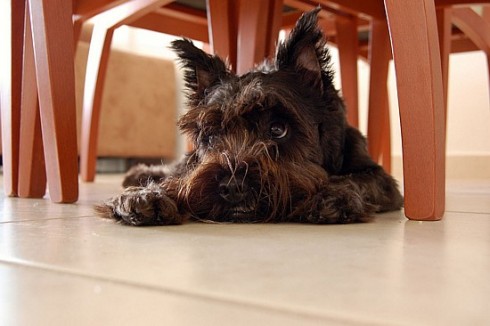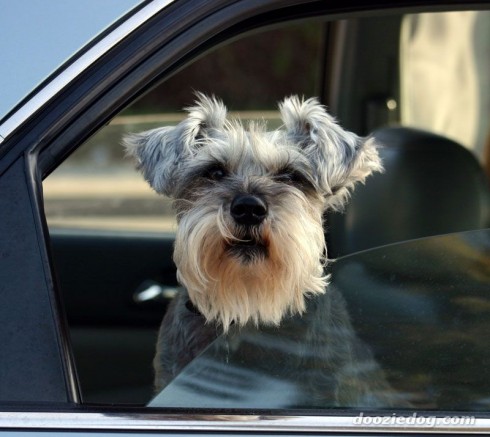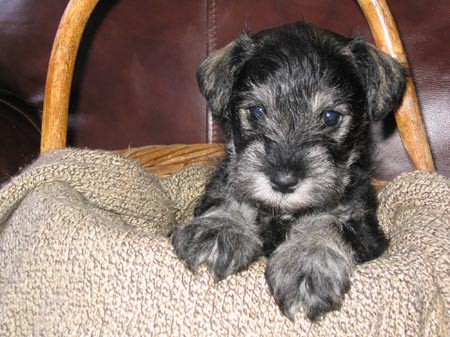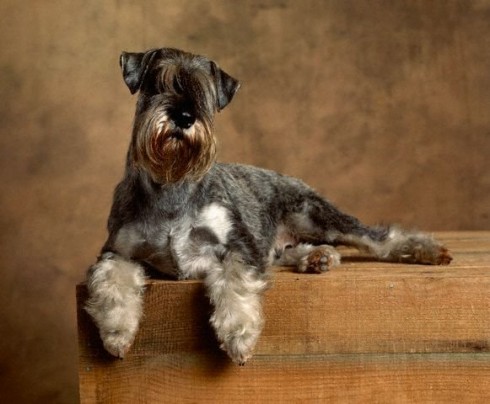Main Index
In Store
Our Web Store
Miniature Schnauzer Picture Gallery
Latest Dog Blogs
- What Are The Basic Commands To Train A Dog?
- PaySafe As The Most Popular Type Of Deposit
- Everything You Need To Know About Pet Sales
- Dogs Contribute To Our Physical And Mental Well Being
- How To Choose Where To Bet On Greyhounds In 2022
- Volunteer With Animals - How To Help Dogs Around The World
- Basic Understanding Of The House Edge
- Why You Should Get A Dog
- Top 20 Popular Dog Names Around The World
- Constipation in Dogs and How to Find Solutions
Schnauzer
The Full Schnauzer Description
The Standard Schnauzer is a mid-sized dog who is devoted to his family and has a mischievous sense of humor. He is adaptable to various living situations and can do well in the city if given enough exercise. Such a vigorous dog needs to be kept busy with positive activity. Obedience training and other dog-people games suit this dog well.
Did you know?
Of the three Schnauzers: Miniature, Standard, and Giant, all of which are bred and registered as distinct breeds, the medium, or Standard, is the prototype. He is a German breed of great antiquity, which in the 15th and 16th centuries must have been in high favor as a household companion, for his portrait appears in many paintings of the period. Rembrandt painted several Schnauzers, Lucas Cranach the Elder shows one in a tapestry dated 1501, and in the 18th century one appears in a canvas of the English painter Sir Joshua Reynolds.
Schnauzers were first exhibited in Germany as Wire-Haired Pinschers in 1879 at the Third German International Show at Hanover.
The breed in America was originally classed as a terrier, whereas German breeders have always regarded the Schnauzer principally as a working dog. His principal vocation was that of rat catcher, yard dog, and guard. Before World War I in Germany, fully 90% of the dogs used to guard the carts of farm produce in the market places while the farmers rested themselves and their teams at the inns, were of strong Schnauzer blood.
So you want to own a Standard Schnauzer?
Standard Schnauzers are excellent companions, known for their love and devotion to family and reliability with children.
The Standard Schnauzer is an intelligent breed who learns very quickly and is known to be mischievous. They need a firm owner who has the time and the patience for training. This is not the breed for someone looking for a placid dog.
Time must be given to grooming. Beard and leg hair must be combed and brushed often enough to prevent the formation of mats.
Indicative Breed Standard
General Appearance
Sturdily built, robust, sinewy, nearly square, (length of body equal to height at shoulders). Expression keen and attitude alert. Correct conformation is of more importance than colour or other purely ‘beauty’ points.
Characteristics
Well balanced, smart, stylish and adaptable.
Temperament
Alert, reliable and intelligent. Primarily a companion dog.
Head and Skull
Head strong and of good length, narrowing from ears to eyes and then gradually forward toward end of nose. Upper part of the head (occiput to the base of forehead) moderately broad between ears. Flat, creaseless forehead; well muscled but not too strongly developed cheeks. Medium stop to accentuate prominent eyebrows. Powerful muzzle ending in a moderately blunt line, with bristly, stubby moustache and chin whiskers. Ridge of nose straight and running almost parallel to extension of forehead. Nose black with wide nostrils. Lips tight but not overlapping.
Eyes
Medium-sized, dark, oval, set forward, with arched bushy eyebrows.
Ears
Neat, V-shaped, set high and dropping forward to temple.
Mouth
Jaws strong with perfect, regular and complete scissor bite, i.e. upper teeth closely overlapping lower teeth and set square to the jaws.
Neck
Moderately long, strong and slightly arched; skin close to throat; neck set cleanly on shoulders.
Forequarters
Shoulders flat and well laid. Forelegs straight viewed from any angle. Muscles smooth and lithe rather than prominent; bone strong, straight and carried well down to feet; elbows close to body and pointing directly backwards.
Body
Chest moderately broad, deep with visible strong breastbone reaching at least to height of elbow rising slightly backward to loins. Back strong and straight, slightly higher at shoulder than at hindquarters, with short, well developed loins. Ribs well sprung. Length of body equal to height from top of withers to ground.
Hindquarters
Thighs slanting and flat but strongly muscled. Hindlegs (upper and lower thighs) at first vertical to the stifle; from stifle to hock, in line with the extension of the upper neck line; from hock, vertical to ground.
Feet
Short, round, cat-like, compact with closely arched toes, dark nails, firm black pads, feet pointing forward.
Tail
Customarily docked.
Docked: Set on and carried high, customarily docked to three joints.
Undocked: Set on and carried high, of moderate length to give general balance to the dog. Thick at root and tapering towards the tip, as straight as possible, carried jauntily.
Gait/Movement
Free, balanced and vigorous, with good reach in forequarters and good driving power in hindquarters. Topline remains level in action.
Coat
Harsh, wiry and short enough for smartness, dense undercoat. Clean on neck and shoulders, ears and skull. Harsh hair on legs. Furnishings fairly thick but not silky.
Colour
All pepper and salt colours in even proportions, or pure black, or black and silver. That is, solid black with silver markings on eyebrow, muzzle, chest and brisket and on the forelegs below the point of elbow, on inside of hindlegs below the stifle joint, on vent and under tail.
About Our Article Directory
- Article
- 27 November 2010
- 2 comments
Canis lupus familiaris
- Breed Article
- 29 May 2010
- No comments
Quick Search
Donate
Latest Dog Pods
- Tips on How to Stop Your Dog from Biting
- Beware - Not All Advertised Dog Rescues Really Are! How Can You Know The Truth?
- Helpful Tips For Dog Obedience Problems
- How to Keep Dogs From Eating Poop
- Dog Grooming Tips - A General Overview of the Very Basics of Dog Grooming
- Recognising Different Types of Dog Obedience Problems
- 5 Important Tips On Feeding A Puppy


